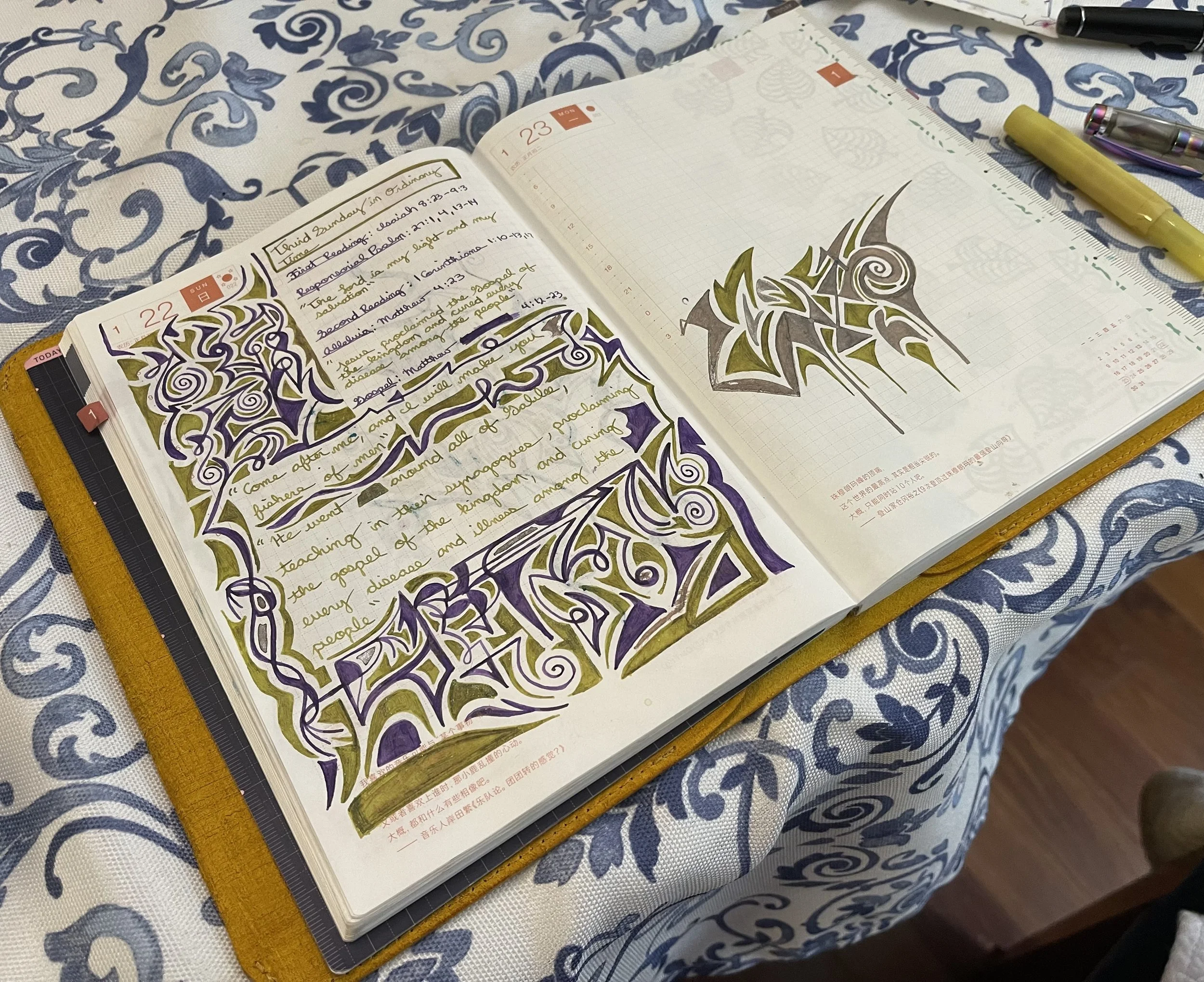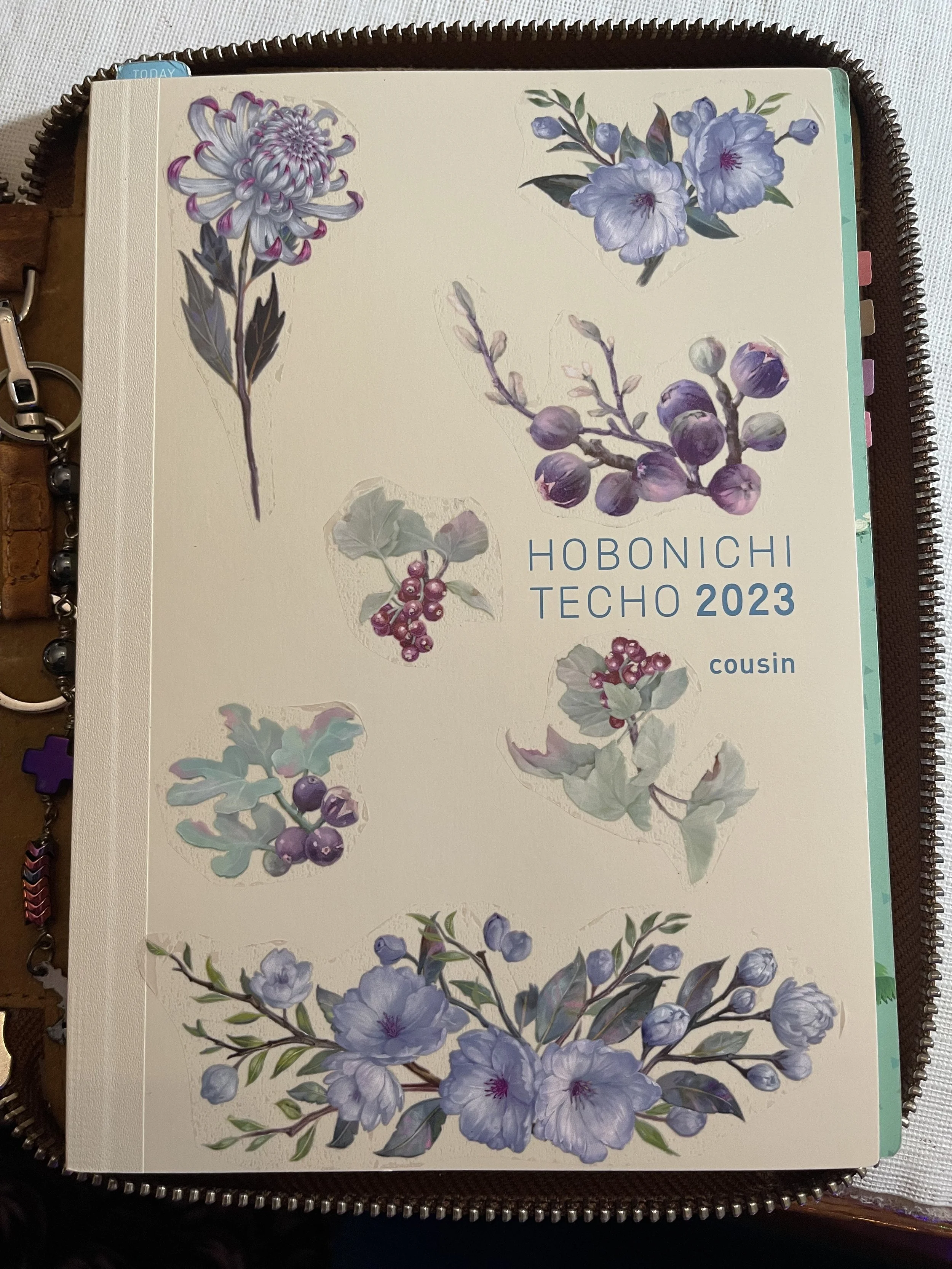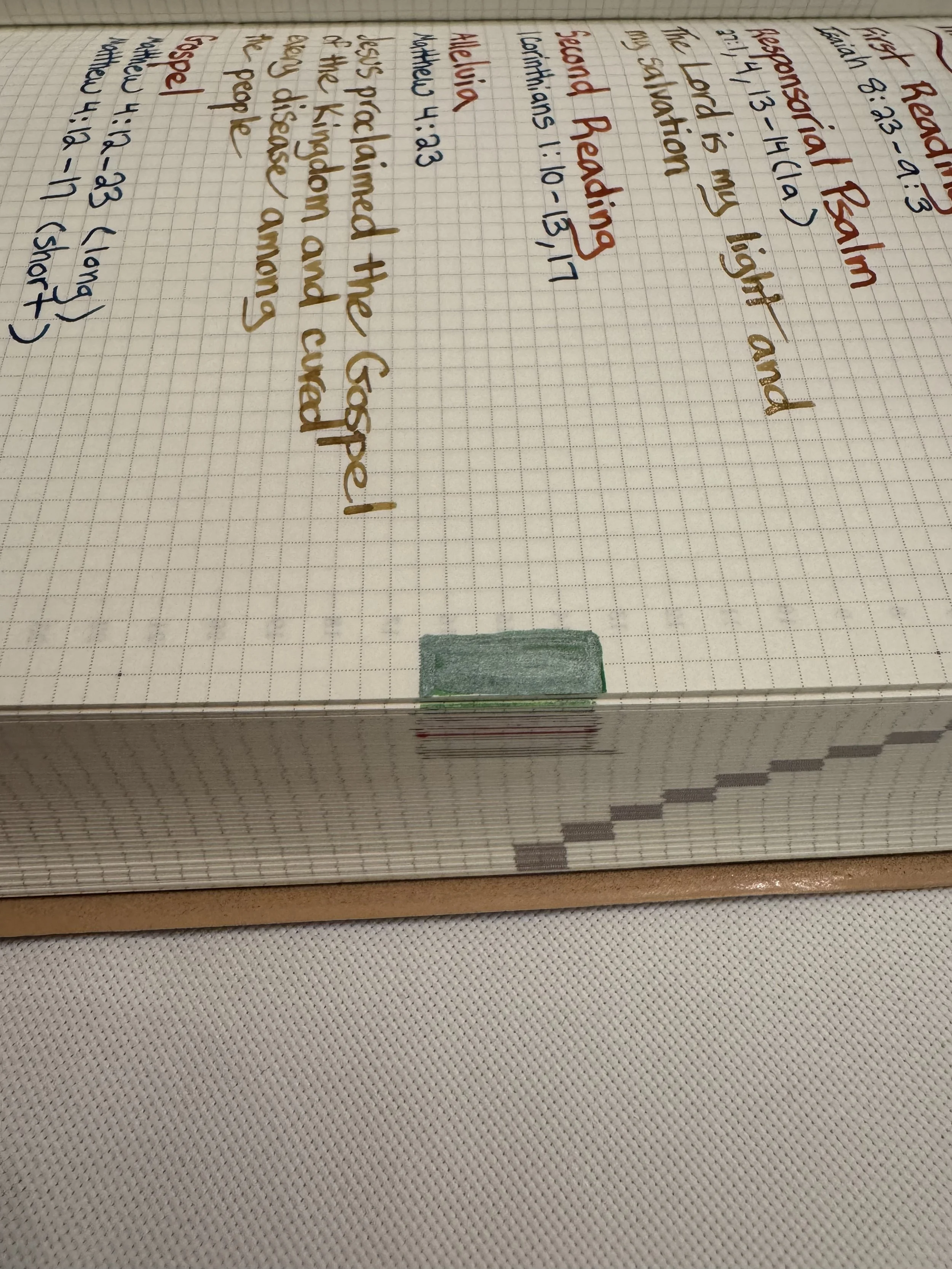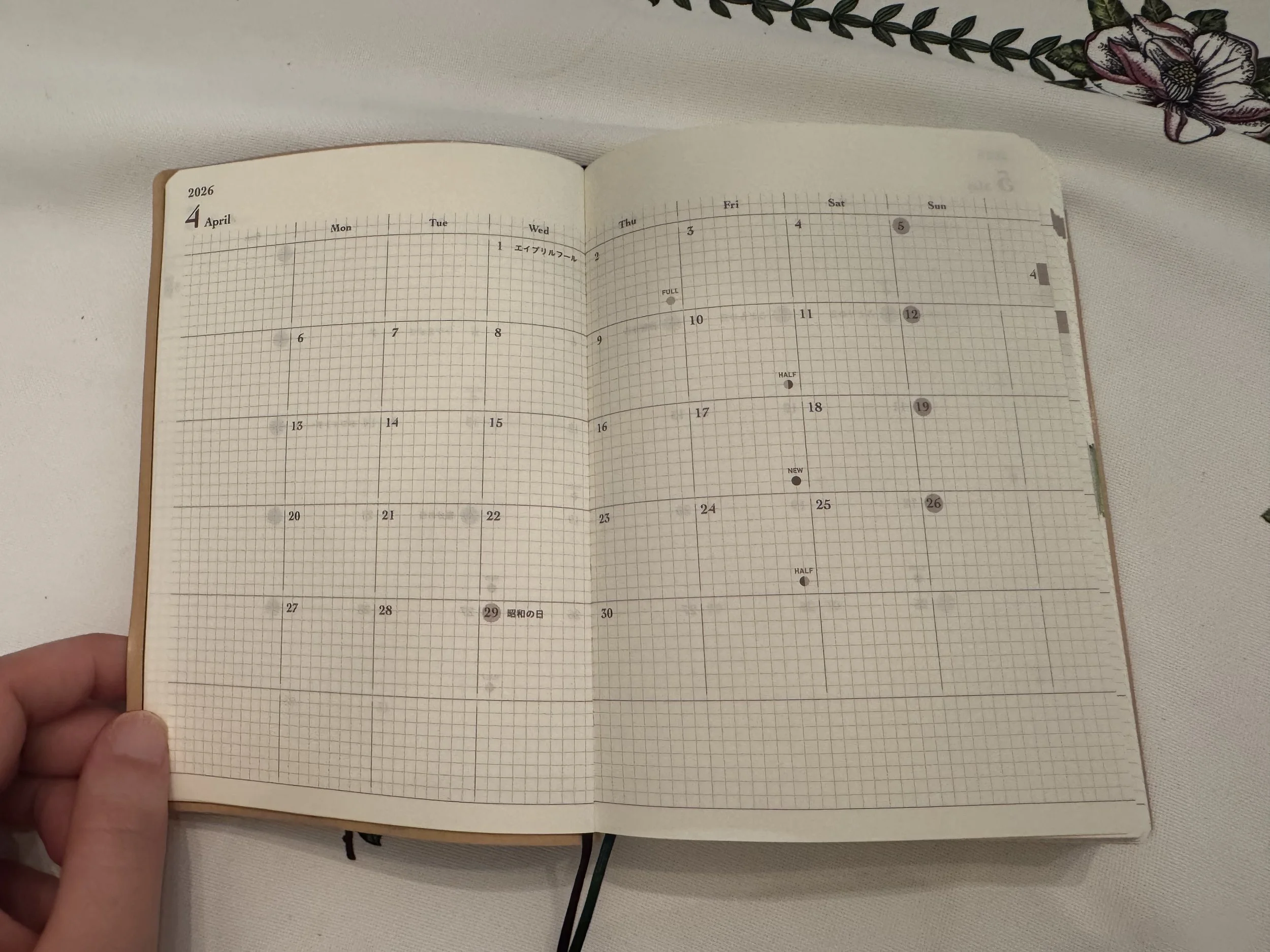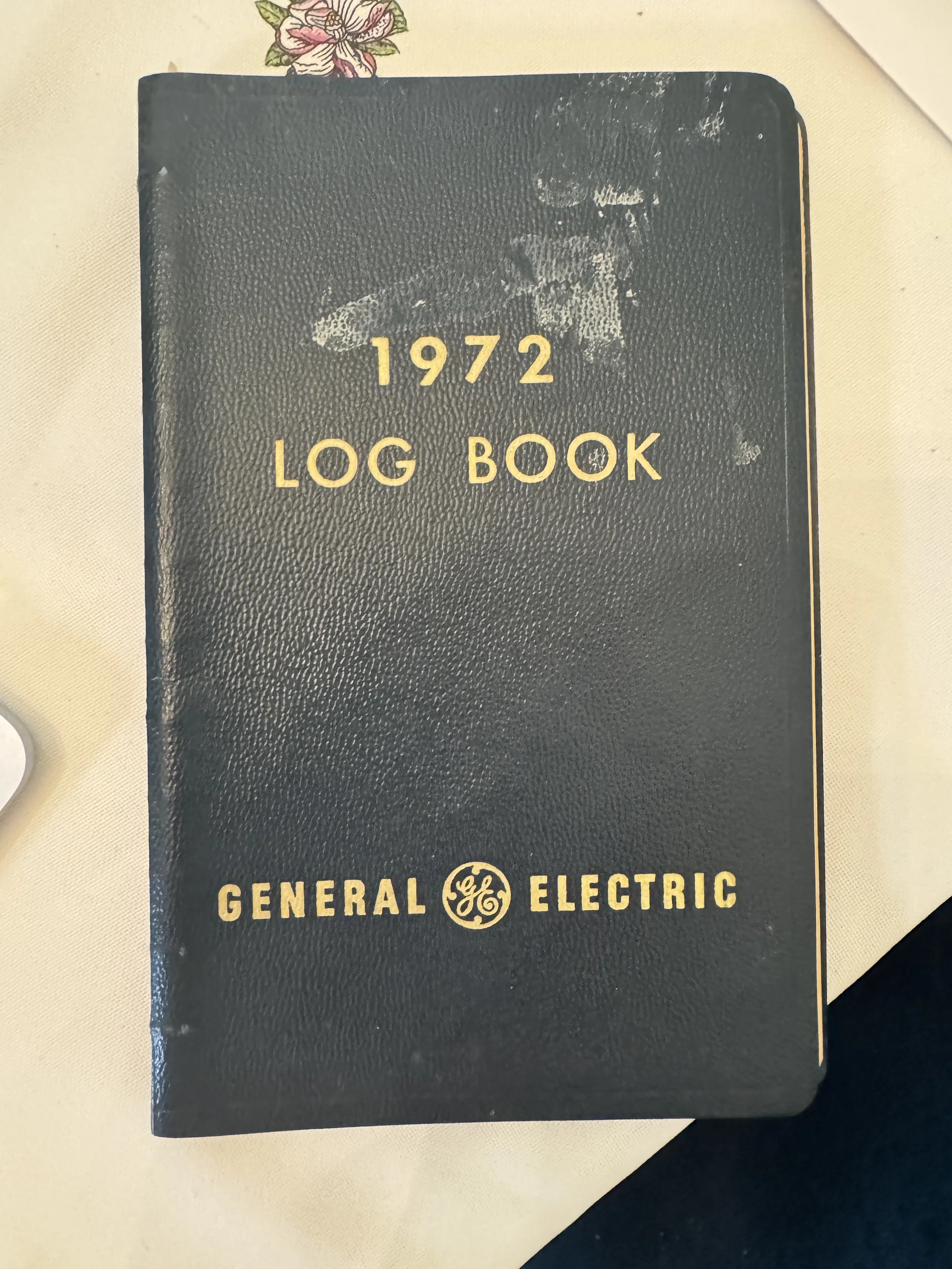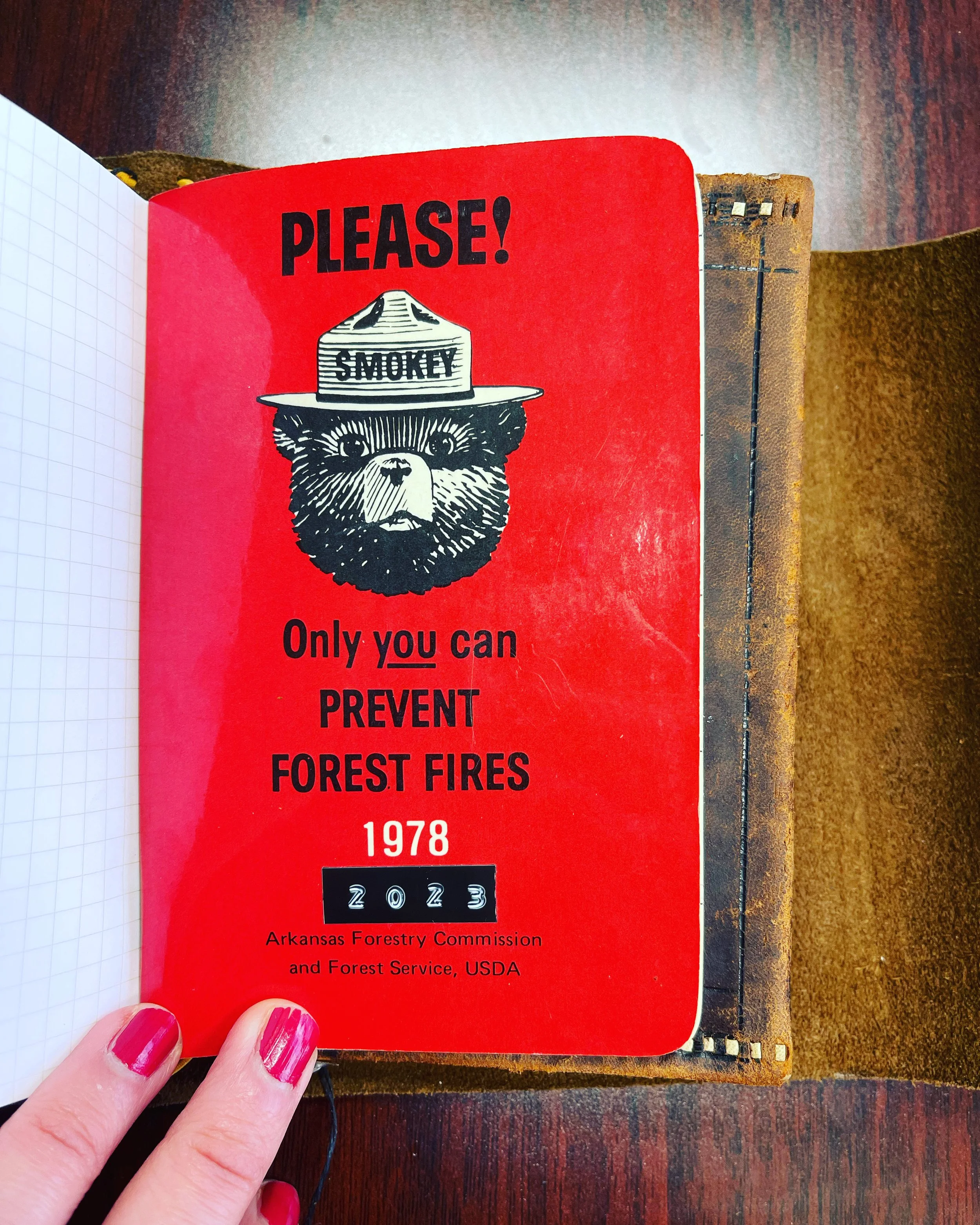My 2026 Planner Deep Dive
The stationery community has officially entered planner season, a time where companies announce their new releases for the next year. Planner season keeps creeping earlier and earlier. But I’m ok with September, because it reminds me of the start of a new school year. And since I work in higher education, albeit in an administrative office that doesn’t interact with students that much, it’s nice to plan something new that coincides with students coming back.
Planner season, like everything else in life now, can quickly get out of control with overconsumption, but with prudence you can still enjoy the excitement. I think for many, it harkens back to getting new school supplies at the start of a new school year and receiving a new planner from the school (remember the scratchy Millennium 2000 planners?).
In 2022, I discovered Hobonichi planners, a popular Japanese system with Tomoe River paper (formally made by Tomoegawa, and now made by Sanzen. That’s a whole different rabbit hole). Every year, Hobonichi releases new planners and accessories designed by independent artist. It’s a new season that celebrates new artist collaborations every year.
I liked the Hobonichi system because it was the perfect balance of flexibility and structure. I have always loved the idea of bullet journaling, but it felt too impractical for my needs. I don’t want to create a full spread on a blank sheet of paper every single week. But I also don’t want something that forces me into a detailed structure that doesn’t allow me to make the planner my own. The Hobonichi Cousin A5 addressed both of these issues. It gave me the space to experiment and discover what I want to look like without building it from scratch.
The Hobonichi is divided its three sections: monthly, weekly, and daily spreads. I’ve always gravitated to monthly spreads when planning out my weeks and months. I didn’t have much use for the weekly spreads, but the daily pages allowed me to mark meetings at specific times of the day along with to-do lists. Because of the roomy A5 size, the daily pages gave me a space to experiment with doodles and abstract artwork.
My makeshift missal in my Hobonichi Cousin
The daily pages also inspired me to create a personal missal-type book. On each Sunday page and Holy Days of Obligation, I would write out the verse chapters for each Mass reading, along with the responsorial Psalm, Alleluia, and Gospel verse. I loved this layout, and it inspired me to create my own missal (which I’ve never finished, but I’ll attempt it again someday).
My to-do list spread in my Hobonichi. Not all of my pages looked like this. I think I was stressed and was trying to disassociate
The next year I used the same system, but I was getting burned out and tired of the three-section system. In 2024, I switched to Plotter monthly and weekly inserts because I wanted a simpler system. It worked for what I wanted at the time, but after two years I realized I missed the complete book system that a bound planner provides. I didn’t like removing sections from the binder to make room for the current and future dates. I also wanted a vertical weekly system, because I wanted to start time-blocking to visualize my work tasks throughout the week. So in 2025 I switched from Plotter to Jubin Techo. I started using highlighters to block out my time throughout the week, and it’s been helpful. However, I’m not a fan of the paper. If you’re not a stationery freak like me, it should be fine for you.
My 2023 Hobonichi Cousin
My Jubin Techo
This year I almost went back to Hobonichi, because I wanted to use monthly and daily pages again. I also wanted to integrate vertical weekly spreads again as I did in the Jubin Techo. Of course, tariff prices have affected Japanese planners, which has made me think twice about what I really need.
I almost placed an order online, but at the last minute I checked Vanness Pens, my local stationery store, and found the Midori Hibino. The Hibino is a compact A6 planner with monthly and daily pages that span two pages. It doesn’t have the weekly spread, but the daily page layout has a timeline for appointments and time blocking. I wasn’t sure about the A6 size, so I waited until I visited the store to look through the planner. I was relieved that it wasn’t too small, and was compact enough to slip in my bag. I mostly use A5 for planning and journaling, but I thought about the times in the Hobonichi when I had a lot of free space in my daily pages, which was great for doodles but not much else. I didn’t want to journal in it (although you could) because my journal entires take up multiple A5 pages. I decided to take a chance on the Hibino and the A6 size.
Midori Hibino
My makeshift missal
It’s early to get a new planner, but I’m glad I got it now because it gives me time to think about my needs for my planning layouts. The Sunday layouts made me think of my missal-type layouts in the Hobonichi, so I started filling out the Sunday pages with Mass readings. Marking the liturgical season is also important to me, so I took a green marker and marked the right side of the page with the appropriate liturgical color.
I’m still deciding how I want to fill out the weekday sections, but I’m giving myself time to let that come to fruition. So far I want to incorporate these specific areas:
Tasks
Time-Blocking
Rosary Intentions/ Reflections
Hibino monthly pages
I don’t want to overload it and put myself in a box, so these three elements are sufficient for me right now. As the year winds down, this is a good time to figure out what I need to track, what snags I need to untangle this year, how my processes can change, and what’s important to me. But humans aren’t processors like chips in a machine. I don’t want my planner to reflect a machine that checks tasks on a list. I don’t like getting bogged down into habit tracking. I want a holistic system that reflects my authenticity. That means some pages may have written notes. Some may have Bible verses. Some may have deep reflections and prayers. They’re not supposed to fit into grid-like structures that operating systems gave us. I still have some of my Grandfather’s old planners and notebooks from the 70s. He has random math problems and numbers strewn throughout some of his notebooks. I enjoy seeing these random indiscriminate pencil markings much more than I would seeing typed text on a screen in serif font. It shows his humanity in his own hand in a way that computers can’t. And that’s what I want my planners to do.
My grandfather’s 1972 logbook. He didn’t work for GE, but he received free swag. I can reuse this planner in 2028
My grandfather worked for the Arkansas State Forestry and received this awesome Smokey the Bear planner for 1978. 2023 was a repeating calendar

